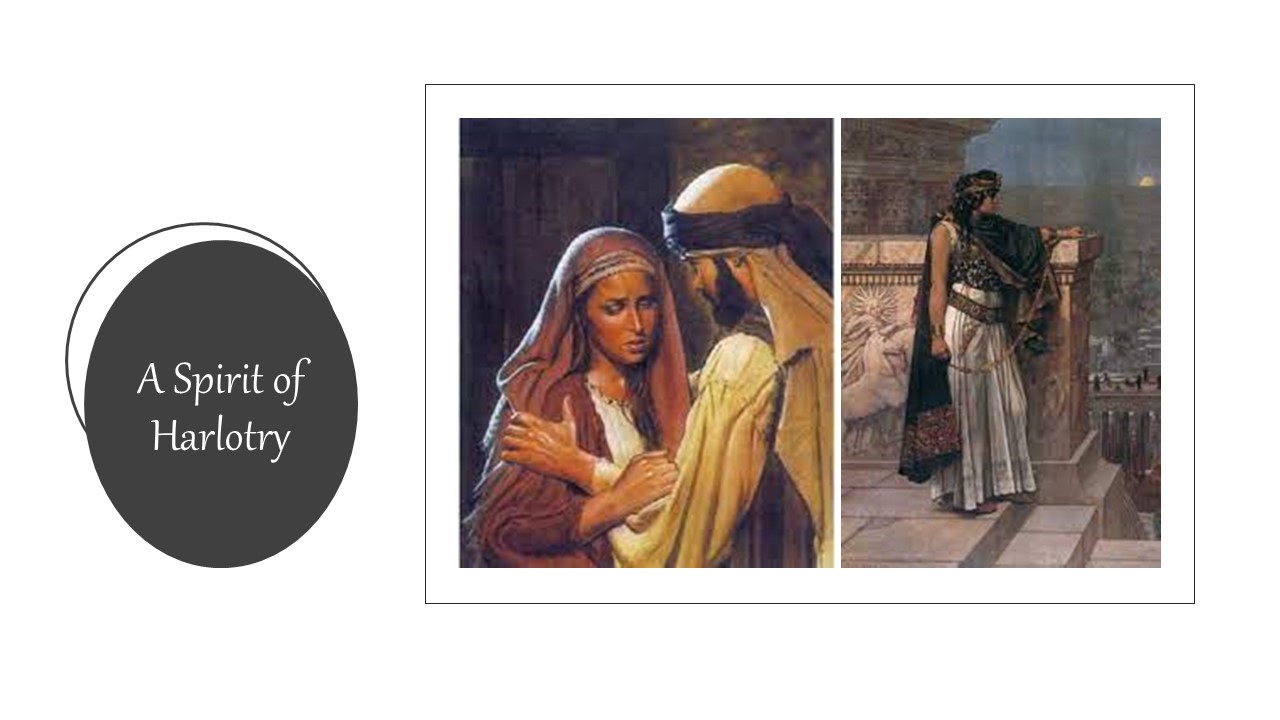In this 10:10 Thrive devotional, we explored the hymn “And Can It Be?” by Charles Wesley, a cornerstone of Wesleyan and Methodist hymnody that emerged from Wesley’s own transformative Aldersgate conversion experience in 1738. Written in the wake of his encounter with God’s grace, the hymn captures the intense emotional wonder and theological richness of a soul overwhelmed by the realization of personal salvation. Its questions and declarations of praise embody the spirit of the early Methodist revival, emphasizing experiential faith grounded in the assurance of Christ’s atoning work.
The hymn leads us to a deeper understanding of Jesus by highlighting His humility and the astonishing nature of His sacrifice. Phrases like “emptied Himself of all but love” and “died for me” illustrate Jesus’ willingness to lay aside heavenly glory to embrace suffering for the sake of humanity. It moves us to consider Jesus not merely as a distant Savior but as the God who chose to enter the depths of human sin and frailty, bridging the chasm between a holy God and unworthy sinners out of boundless, sacrificial love.
Ultimately, “And Can It Be?” draws us into the transformative power of Jesus’ redeeming love, emphasizing the liberation it brings to those bound by sin and death. The vivid imagery of chains falling off and hearts set free paints Jesus as the triumphant Liberator who enables us to rise and follow Him. This hymn moves theology from the mind to the heart, transforming doctrine into an intimate, worshipful realization of Jesus’ amazing love that leads to adoration, gratitude, and a life fully surrendered to Him.

The people reject the voice of the Living God and turn to “wooden idols.” This betrayal of Yahweh has put the people, as well...

Today’s episode explores the profound role of prayer in the lives of biblical figures, showcasing how their deep commitment significantly influenced their faith and...

John 10:10, “The thief comes only to steal and kill and destroy. I came that they may have life and have it abundantly.” Life...